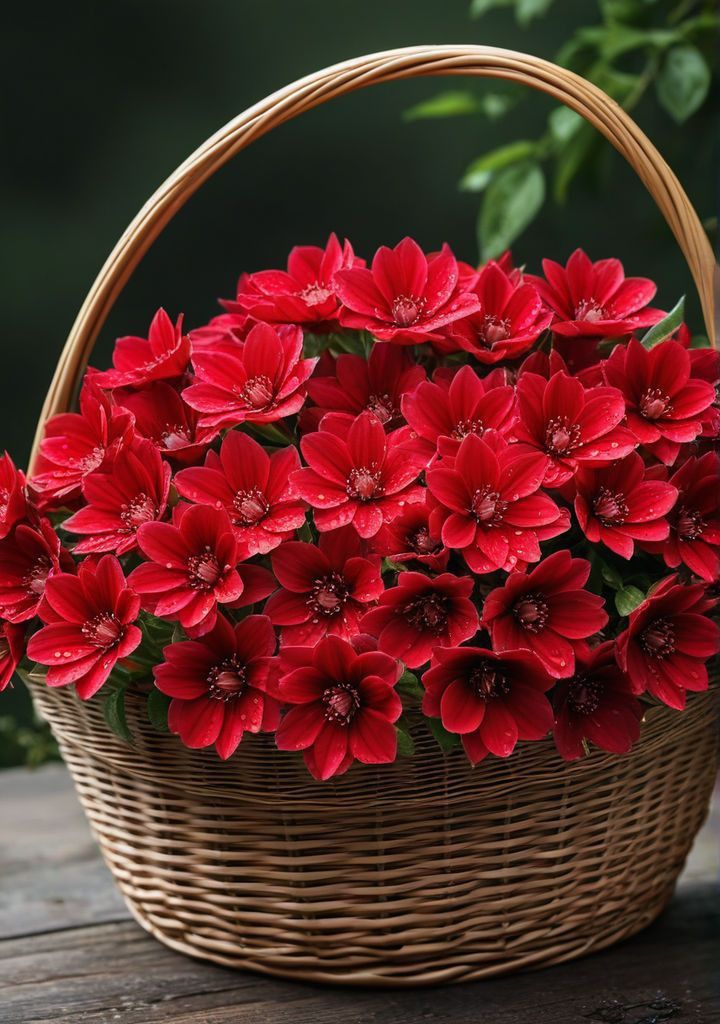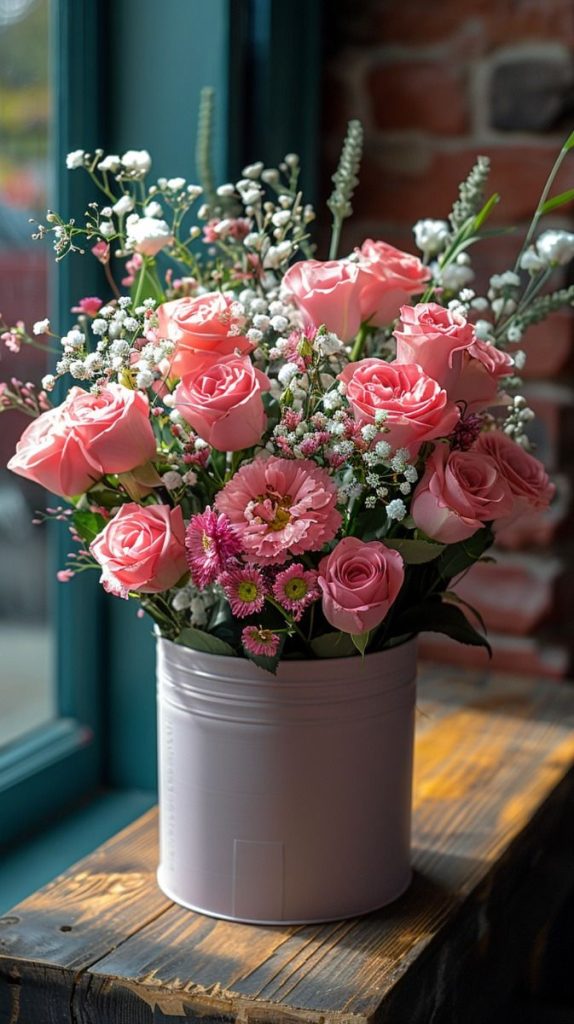As the temperatures drop and winter approaches, it’s essential to take steps to protect your garden and outdoor plants from the harsh conditions. Winterizing your garden helps ensure that your plants survive the cold weather and thrive when spring arrives. Here are some tips to help you prepare your garden for winter:










1. Clean Up the Garden:
- Remove Debris: Clear out any dead or decaying plant material, fallen leaves, and debris from the garden beds. This helps prevent pests and diseases from overwintering and reduces the risk of fungal infections.
- Prune Perennials: Cut back perennials to ground level or to a few inches above the soil surface, removing dead or diseased stems. Pruning encourages healthy growth in the spring and prevents the spread of diseases.
2. Protect Tender Plants:
- Mulch Beds: Apply a thick layer of organic mulch, such as straw, shredded leaves, or wood chips, around the base of tender plants to insulate the soil and protect the roots from freezing temperatures.
- Cover Vulnerable Plants: Use frost blankets, burlap, or old bedsheets to cover delicate plants and shrubs during frosty nights. This provides an extra layer of insulation and helps prevent frost damage.
3. Prepare Garden Structures:
- Stake and Tie: Secure tall or top-heavy plants, such as roses or tall perennials, with stakes and ties to prevent them from being damaged by strong winds or heavy snowfall.
- Inspect Structures: Check garden structures such as trellises, arbors, and fences for damage or instability. Make any necessary repairs before winter sets in to prevent further damage during storms.
4. Protect Containers and Pots:
- Move Indoors: If possible, move container plants indoors or into a sheltered area like a garage or shed to protect them from freezing temperatures. If moving indoors isn’t an option, group containers together and wrap them with insulating materials like bubble wrap or burlap.
- Elevate Containers: Raise containers off the ground using pot feet or bricks to improve drainage and prevent them from sitting in waterlogged soil, which can freeze and damage the roots.
5. Maintain Garden Tools and Equipment:
- Clean and Store Tools: Clean and dry your garden tools, including shovels, pruners, and hoses, before storing them for the winter. Apply a light coat of oil to metal parts to prevent rusting.
- Winterize Equipment: Drain and store hoses, irrigation systems, and other garden equipment to prevent freezing and damage. Insulate outdoor faucets and pipes to prevent them from bursting in freezing temperatures.
6. Plan for Spring:
- Order Seeds: Take advantage of the winter downtime to plan your spring garden. Order seeds, bulbs, and other planting materials early to ensure you have everything you need when the gardening season begins.
- Prepare Garden Beds: Use the winter months to amend and prepare garden beds for spring planting. Add compost, organic matter, and fertilizer to replenish nutrients and improve soil structure.
Conclusion:
Winterizing your garden is essential for protecting your plants and ensuring they survive the cold winter months. By cleaning up the garden, protecting tender plants, preparing garden structures, safeguarding containers, maintaining garden tools and equipment, and planning for spring, you can set your garden up for success and enjoy a beautiful and bountiful garden when warmer weather returns. So, don’t wait until the first frost arrives—start winterizing your garden now to ensure a healthy and vibrant garden next spring